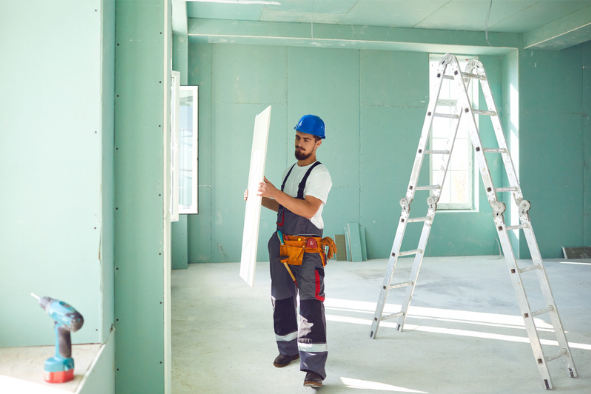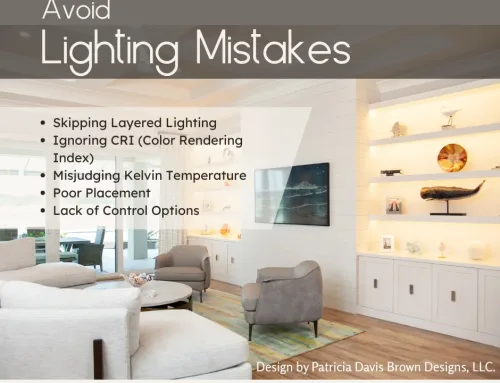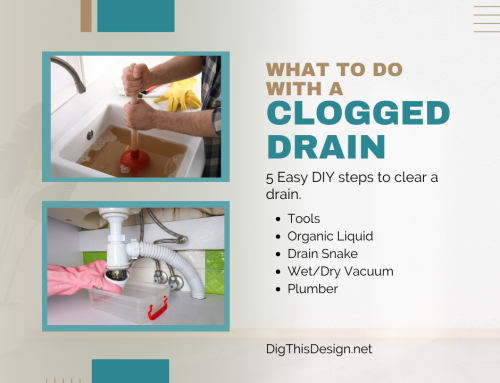Plastering is an essential part of any home renovation project. The process involves smoothing uneven surfaces, such as walls and ceilings. The type of plaster you need to use depends on which material you are covering. The same effect can be achieved using quality plasterboard sheets.
Your Guide to Plaster & Plasterboard

If you’re considering plastering your walls, we have created a guide about everything you need to achieve the perfect finish.
Overview of Plaster Types
-
Lime plaster consists of sand and lime and often is used as both an undercoat and finish coat. As a result of drying, it might shrink, so it is usually used to restore ancient structures.
-
Cement plaster is a mix of water and washed sand which forms a sturdy foundation for brick block walls and partitions. This kind of plaster usually requires the skill of a professional laborer as a plasticizer or lime needs to be added to stabilize the mixture. A plasticizer makes it easier to spread the mixture over a surface.
-
Gypsum plaster is a naturally occurring product and is either mined or comes as a by-product. It is usually used as an undercoat or finish coat and prevents shrinking and cracking. Different types of gypsum plaster can be categorized as casting, undercoats, finish, or machine-applied plaster.
Plasterboard Choices
-
Standard plasterboard is the most common variety of plasterboard, used in walls, ceilings, and drywall partitions. Versatility and durability make it a popular choice. Painting or covering is possible.
-
Insulated plasterboard includes a layer of foam attached to one side. This is perfect for anyone looking to further insulate areas of their home.
-
Four-in-one plasterboard is a multifunctional model with the combined benefits of being fire-resistant, impact, waterproof and damp-proof. This technologically robust plasterboard will protect your walls against multiple outside factors.
Tips for Plastering
Start plastering by adding one very thin first coat and ensure that it sticks to the wall before pushing it into the wall. A solid foundation forms when a second layer is added while the first is still wet, and pliable. During this process, control the suction so moisture does not accumulate on the walls.
Keep your plastering as flat as possible. The skim coat will ensure perfect smoothness. Finally, don’t neglect the corners, and make sure they’re equally as flat so that the whole wall looks the part.
Other Posts You Might Enjoy
How to Apply and Fix Plaster Bead
Choosing the Right Wainscoting for Your Home





